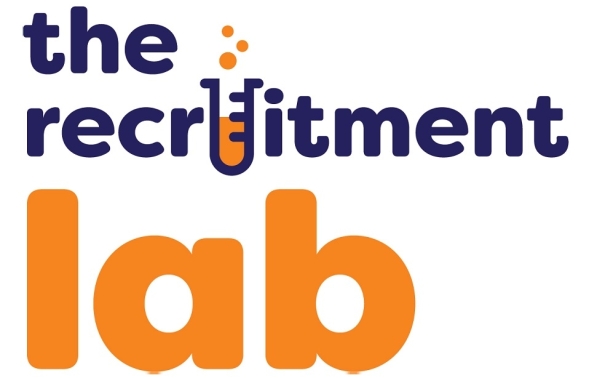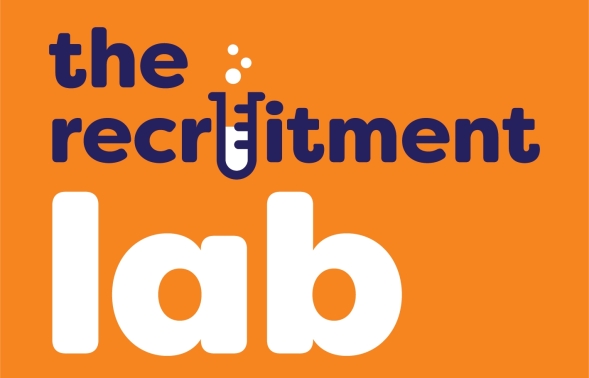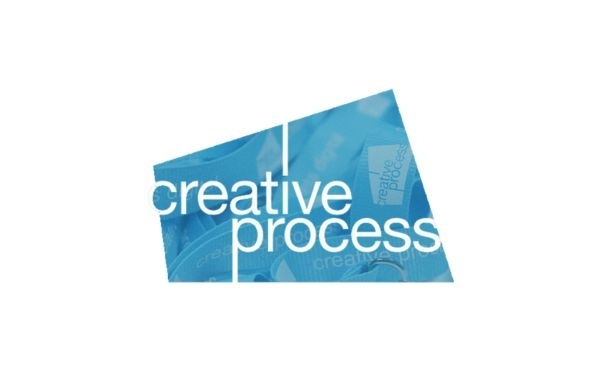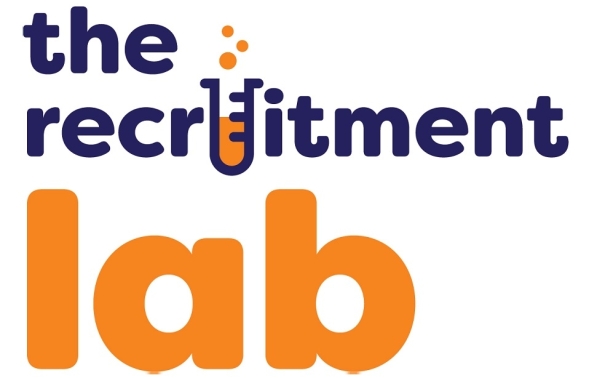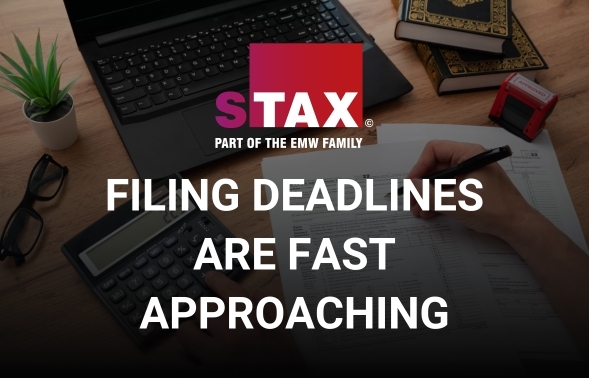There are plenty of elements in the recruitment process that you, the recruiter, control.
Identifying your staffing needs, creating the job description, interviewing, selecting a successful candidate and onboarding are all elements you control.
Arguably, though, the most crucial element is candidate attraction. You want the right candidates applying to your job advert. Without it, all else becomes pointless and your recruitment process fails.
It’s a bit of a minefield. And, increasingly, employers are asking the same question: why is no one applying to my job advert? Well, it’s not luck. You do have some control that ensures strong candidate attraction.
Let’s explore some of the reasons:
The Basics
Put yourself in the position of a job seeker reading your advert. Have you included the information they want to know? The location (hybrid/onsite/remote), salary, summary of duties and skills/experience sought?
Of course, you did…but were you specific? Take location, “London” is a bit of a broad description. Salary – have you given some numbers or just cheated and said “competitive” because you haven’t salary benchmarked things? Duties, have you just glossed over details or actually given the specifics? The skills and experience required – are they realistic? Do you require 5 years’ industry experience and a PHD for this role paying a minimum wage salary?
I’m not teaching you how to write a job advert here. I’m answering the question why no one is applying for your advert. Simply put, a lazy, ill-thought-out, poorly written advert gives you the results you deserve. Take some time and get it right.
Finally, have you mentioned how to apply? Did you provide the correct email address?! I have heard tales of woe where the advert sends applications to…someone going on holiday for two weeks?! Just think it through.
Job title
I am going to give a special mention to job titles. Don’t get creative for the sake of it. Candidates search using straightforward terms. If they’re looking for a “Refuse Collector”, they won’t find your “Renewables and Refuse Sourcing Executive advert!
Keep the job title simple when advertising. You need to think about what a candidate is actually searching for and then match it.
Having an incorrect or obscure job title is one of the quickest ways for job seekers to not find your advert.
Media Channels
So, you’ve written your job description and turned that into a sparkling job advert. What do you do with it? In a sense you’re spoilt for choice. The local newspaper, the job centre, job boards, community boards, your website, social media, business networking or membership body, specialist publications, billboards…the list is endless.
You need to balance budget with where you realistically expect your desired job seeker to be searching. If you have an entry level role, paying minimum wage and requiring no experience…well you’re not contacting the appointments section in The Sunday Times.
You are going straight to a generalist job board, a local newspaper, or the job centre. Need a nuclear scientist…it is a specialist publication or membership body.
There is no quicker way to waste money than to post the wrong job advert to the wrong media site!
Let’s dive into some specifics.
Job Boards
Purpose built, sometimes free, sometimes very expensive…you can and probably will try a job board in some capacity.
What these sites do have in their favour is they are easy to use and can (if used correctly) generate large quantity of applications. It is not always the answer and I often hear new clients tell me “we stuck the advert on this job board and nothing happened”. Typically, they have the wrong job board, are unrealistic in their expectations or have faults in the design of the advert.
In one case I know a client who was educated that there is a Brighton in East Sussex and a Brighton in Cornwall. The click of a wrong button wasted time and money. If you are not IT savvy, not used to dealing with job boards I urge you to do some research, and go slowly when uploading details.
You may feel one job board is enough….you may be in a hurry and want multiple sites. One thing not spoken of is some of the free sites that are available. If you have the energy and endeavor to use them then why not.
The only real downside is they typically have a slower application rate — but they’re free, and personally, I’m happy to give them a try. If it’s not working or attracting the wrong candidate you just take it down.
Social media
As mentioned above, going down the social media route is very similar to job boards. Choose your channel, pick your budget and off you go….
It can and does work. Large brands and those operating a B2C model display wonderful cases studies. But it isn’t always a viable way to source for all job vacancies.
Let me use the example of Boots the Pharmacy. A well-known brand that uses social media to attract temporary / part time / seasonal Christmas staff. And they do it really well!
However…they have spent a fortune on social media across the year building a customer following who believes in the brand and products. If your social media activity is like tumbleweed with just your Mum giving you a “like”. It may not work.
Social media may be a classic example of where the marketing team and the recruitment team join forces to resolve a business pain. It can happen in SMEs, yet for some reason the best examples occur with large operators.
Flicking the social media button won’t necessarily solve your candidate attraction issues. Rather, it has to have been a long-term business activity cultivated over time. It is a channel that has been nurtured and only then can it really work for recruitment.
Call to Action
One common mistake: ending your advert without a clear next step.
If your job advert simply ends with no direction for a candidate…what do you think will potentially happen? Your job advert is actually designed to influence behaviour. You have created awareness there is a vacancy.
You have hopefully left an impression on the candidate so they now have a ‘sense’ about your organisation. But now…you want the candidate to do something – you want them to apply.
I think every advert I write will end “for further information, please apply below”. Now – many critics will say that could be stronger, and they are completely right. I come from a perspective that I want to educate a candidate and inform them about a role. How about if you ended it like this…
“Click apply and we’ll be in touch within a few days to arrange an informal chat — no lengthy forms, just a conversation to see if there’s a fit and discuss next steps.”
Whatever the next steps – put in place a call to action.
Can a Recruitment Agency Help?
Yes, an agency can help — and not just because that’s what we do! This may seem an obvious and biased point to make in a blog on an agency website, but the fact is that, yes, an agency can help with all of this. Ultimately, you are outsourcing the problem – and they have to find the solution.
A recruitment agency will have accounts spread across multiple job boards, CV searching facilities and social media sites allowing them a broad spread to advertise your role for you. And furthermore, they know how to achieve candidate applications.
Likewise, their own candidate pool and existing pool of adverts may pull in candidates otherwise out of your reach.
Conclusion
Anyone can write an advert and post it… but it does take a little bit of thought and skill to write one that actually generates the right applications. Take your time. Figure out what candidates want to know and where they’re looking for opportunities. A poor advert, posted in the wrong place, is the quickest way to waste time and resources.
About The Author
Daniel Oldfield is the Branch Manager of The Recruitment Lab, a Brighton recruitment agency.
He has worked in Recruitment for six years. He has a degree in Journalism and considers himself a film and music buff. Daniel also runs The Brighton Film Club review site in his own time. If you would like to know more about anything written in this blog or would like to express your thoughts just contact Dan through The Recruitment Lab website.
